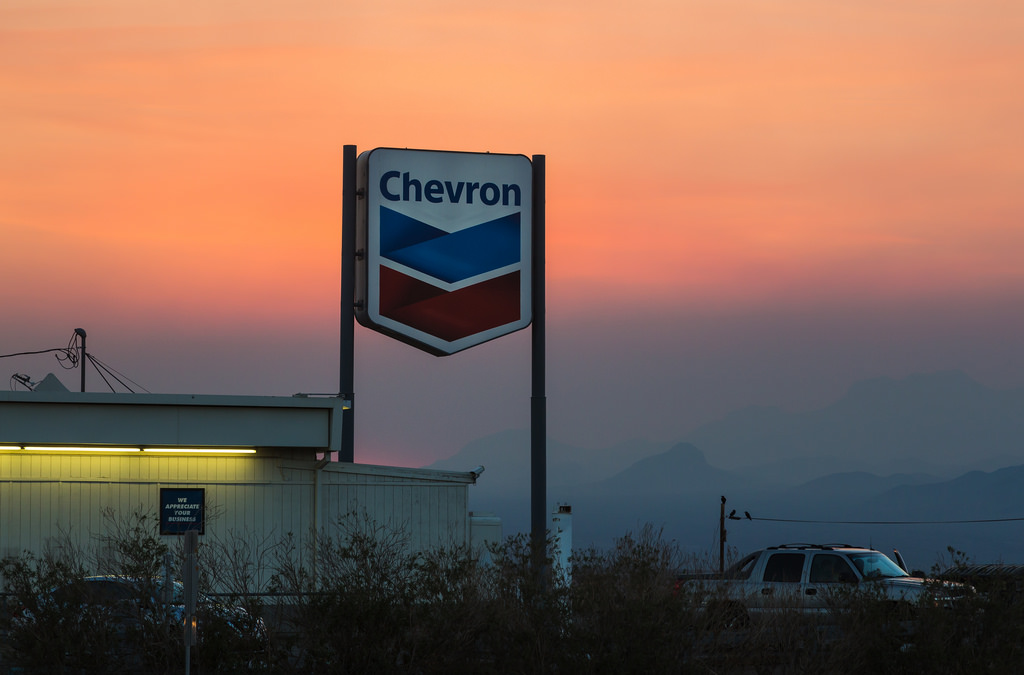Gregory E. Wannier
Deputy Director and Fellow
This blog previously referred to Texas’ lawsuit against the EPA asking for a stay (preliminary injunction) of four key EPA climate regulations. However, this case was in fact merely one of over 80 distinct legal challenges in the District of Columbia Circuit Court of Appeals (DC Circuit) to this new line of climate regulation.[1] This blog will soon begin a series examining many of the procedural challenges ahead as the DC Circuit tries to manage its turgid caseload here. However, it is first necessary to summarize the state of litigation today.
To begin with, four separate EPA rulemakings are under review: (1) the “Endangerment Finding,” which says that carbon emission from moving vehicles are “reasonably likely” to threaten public health and welfare; (2) the “Tailpipe Rule,” which, based on the Endangerment Finding, sets greenhouse gas emission standards for Light Duty Vehicles; (3) the “Timing Rule,” or “Reconsideration Decision,” which builds off of the Tailpipe Rule, interpreting the Clean Air Act’s (CAA’s) language to allow regulation of stationary sources; and (4) the “Tailoring Rule,” which exempts small emitters from stationary source regulations.[2]
Endangerment Finding: 17 different petitioners filed challenges to EPA’s endangerment finding by the February 16, 2010 deadline. These cases were consolidated on February 18, under the name Coalition for Responsible Regulation v. U.S. Environmental Protection Agency (CRR v. EPA), and given a docket number of 09-1132.[3]
The other three regulatory action challenges have been similarly combined: the 17 cases filed so far challenging EPA’s Tailpipe Rule were consolidated under the case CRR v. EPA on August 20, 2010, and assigned to docket 10-1092; the 18 suits filed challenging EPA’s Timing Rule were consolidated as CRR v. EPA (docket 10-1073); and the 26 challenges to the Tailoring Rule were consolidated in their entirety as Southeastern Legal Foundation v. EPA (docket 10-1131).
CRR also filed a suit challenging EPA’s refusal to reconsider its conclusions in all of the above rules following a petition to do so. This case has been consolidated with 3 other cases as CRR v. EPA (docket 10-1234).
However, DC Circuit internal procedural rules hold that even after a case is consolidated individual litigants still maintain the ability to file separate motions,[4] and petitioners have taken advantage of this. On September 15, 2010, three different coalitions of petitioners filed motions to stay all or part of EPA’s climate regulations. One such motion was filed by Texas, and was analyzed previously by this blog. A second was filed by a coalition of interest groups led by CRR, SLF, the Competitive Enterprise Institute, Landmark Legal Foundation, and the Ohio Coal Association, and also requests a stay of all EPA action. Finally, a group of trade associations led by the National Association of Manufacturers asks only to stay the Timing and Tailoring rules, and the Endangerment Finding as it could be applied to stationary sources. This group does not request a stay of the core of the Endangering Finding or the Tailpipe Rule.
Finally, a coalition of businesses, interest groups, and U.S. Representatives[5] have filed a motion for coordination of related cases, alleging that because the four EPA regulations are so closely related they should be tried as a group by the same panel. EPA disagrees, and has filed a response to this motion, as has a coalition of 19 states and the City of New York.[6] Other motions, including one request for expanded page limits, are largely procedural, although they only add to the mass of litigation activity.
Over the next weeks this blog will run a series of posts examining the legal questions of case consolidation and/or coordination, stays of EPA judgment, the legal status of CRR’s challenge to the reconsideration refusal, and possible remedies. In light of an almost unprecedented wave of litigation activities, these issues will be particularly important to understand.
[1] CCCL Climate Litigation Chart, www.climatecasechart.com.
[2] Endangerment and Cause or Contribute Findings for Greenhouse Gases under Section 202(a) of the Clean Air Act, 74 Fed. Reg. 66,496 (Dec. 15, 2009); Light-Duty Vehicle Greenhouse Gas Emission Standards and Corporate Average Fuel Economy Standards, 75 Fed. Reg. 25,324 (May 7, 2010); Reconsideration of Interpretation of Regulations That Determine Pollutants Covered by Clean Air Act Permitting Programs, 75 Fed. Reg. 17,004 (Apr. 2, 2010); Prevention of Significant Deterioration and Title VI Greenhouse Gas Tailoring Rule, 75 Fed. Reg. 31,514, Att. A (June 3, 2010).
[3] All of the information here and below comes from a combination of filings by certain petitioners, and the CCCL Climate Litigation Chart, Supra note 1.
[4] United States Court of Appeals for the District of Columbia Circuit, Handbook of Practice and Internal Procedures 23 (Amended May 10, 2010).
[5] Chamber of Commerce; Clean Air Implementation Project; Competitive Enterprise Institute; Freedom Works; Science and Environmental Policy Project; Energy-Intensive Manufacturers ‟Working Group on Greenhouse Gas Regulation; Mark R. Levin and Landmark Legal Foundation; Portland Cement Association; Southeastern Legal Foundation; The Langdale Company; Georgia Motor Trucking Association, Inc.; Collins Industries, Inc.; Kennesaw Transportation, Inc.; J&M Tank Lines, Inc.; Southeast Trailer Mart, Inc.; Georgia Agribusiness Council, Inc.; Langboard, Inc.; and 14 Representatives [Nathan Deal (GA-5th); John Shadegg (AZ-3rd) and Dan Burton (IN-5th); John Linder (GA-7th); Dana Rohrabacher (CA-46th); John Shimkus (IL-19th); Phil Gingrey (GA-11th); Lynn Westmoreland (GA-3rd); Tom Price (GA-6th); Paul Broun (GA-10th); Steve King (IA-5th); Jack Kingston (GA-1st); Michele Bachmann (MN-6th); Kevin Brady (TX-8th)]
[6] The 19 states in this coalition are: California, Massachusetts, New York, Arizona, Connecticut, Delaware, Illinois, Iowa, Maine, Maryland, Minnesota, New Hampshire, New Mexico, North Carolina, Oregon, Rhode Island, Vermont, Washington, and Pennsylvania.


